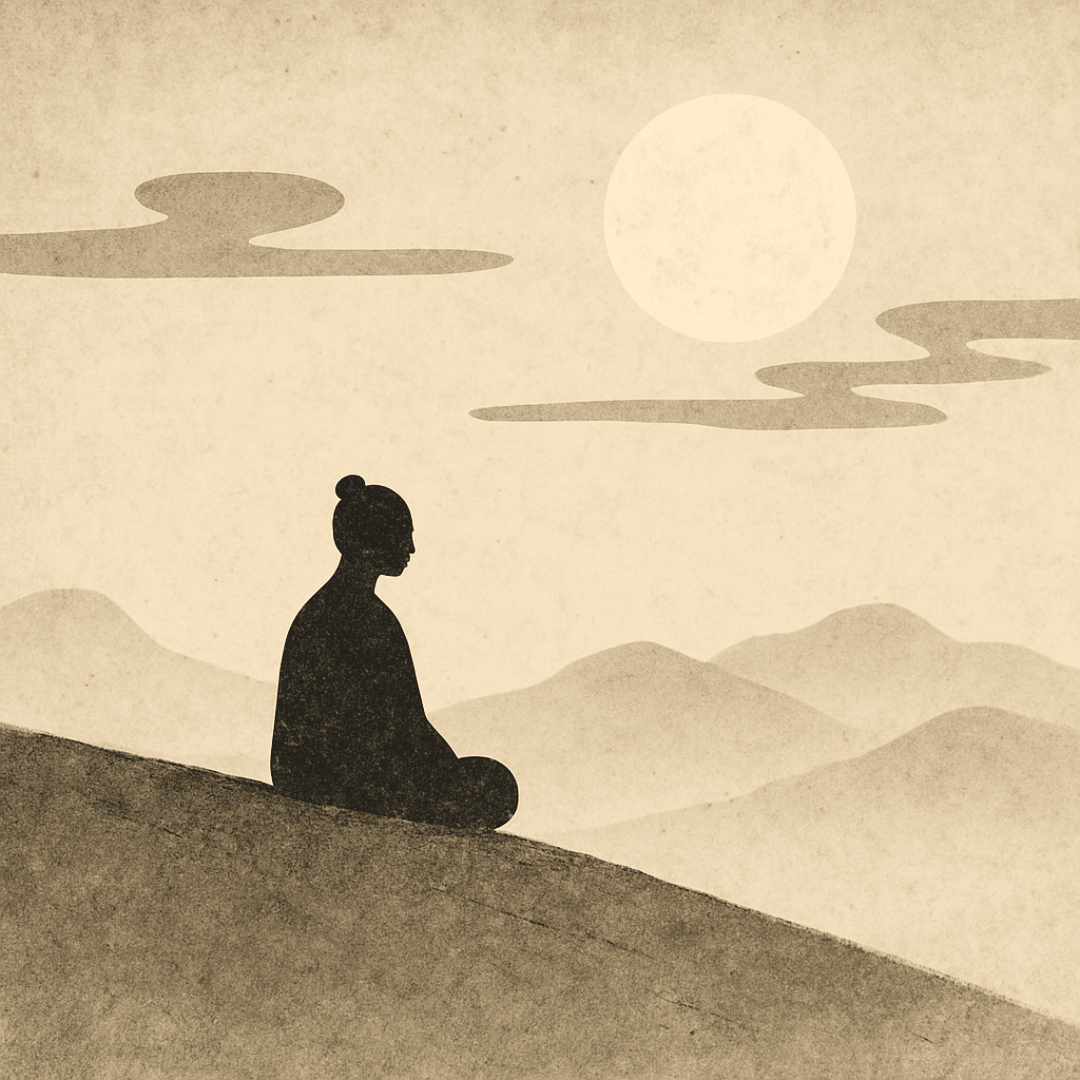The Balance of Yin and Yang
The symbol of yin and yang (black and white swirling together in a circle) is one of the most recognizable emblems of Eastern philosophy. Yet beyond its elegant design lies a profound teaching about balance, harmony, and the rhythm of life.
At its heart, yin and yang represent two complementary forces: yin is the receptive, dark, cool, and inward energy; yang is the active, bright, warm, and outward energy. They are not opposites in conflict, but partners in an eternal dance. Where yin contracts, yang expands. Where yang moves outward, yin draws inward. Each needs the other to exist, and each contains a seed of its counterpart, as shown in the small dots within the black and white halves of the symbol.
The balance of yin and yang is not about perfect symmetry or static stillness - it is about dynamic harmony. Just as day flows into night and winter turns to spring, so too does the balance within our lives shift and change. Too much yang (constant action, striving, and expansion) leads to burnout. Too much yin (withdrawal, passivity, and stillness) can bring stagnation. Balance is found in allowing both energies to move, respond, and replenish one another.
In Taoist thought, harmony arises when yin and yang are in proportion, not domination. This can be seen in nature: a river rests in still pools and quiet depths (yin), yet also surges and flows with strength (yang). It can be felt in the body: we need rest (yin) as much as effort (yang) to remain healthy. It can be lived in spirit: gentleness (yin) and strength (yang) together create wholeness.
The wisdom of yin and yang teaches us that balance is not achieved once and held forever - it is a continual practice, a living art of responding to the ebb and flow of life. To live in balance is to walk the middle way, where opposites are not enemies but threads woven into the same fabric of existence.



